Top 10 contemporary artists lay on the table
 Bashny.Net
Bashny.Net
Andy Warhol in a plate.
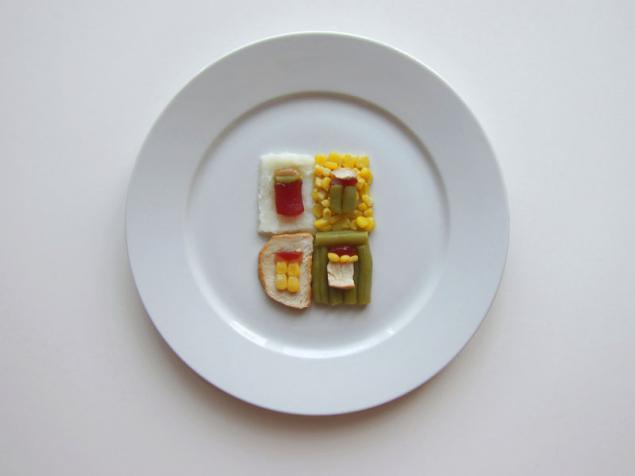
Andy Warhol in history: the American artist, producer, designer, writer, collector and publisher of magazines and film director, an iconic person in the history of pop art movement and contemporary art in general. Founder ideology «homo universale», created works that are synonymous with the concept of "commercial pop art».
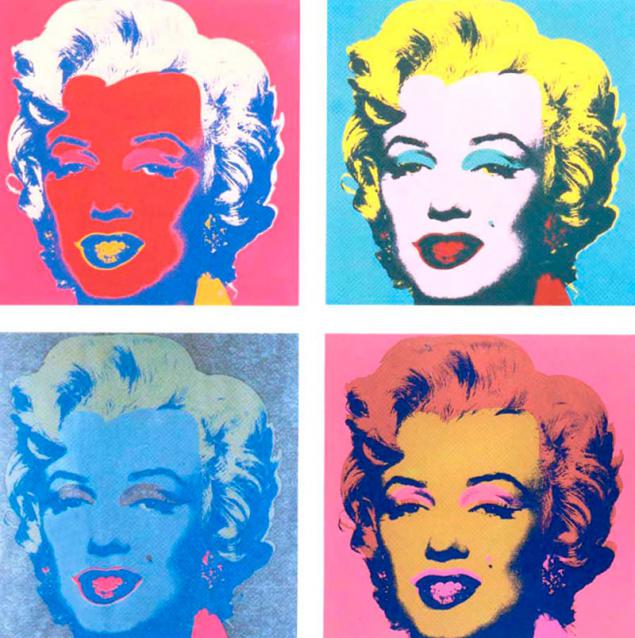
Mark Rothko in a plate.
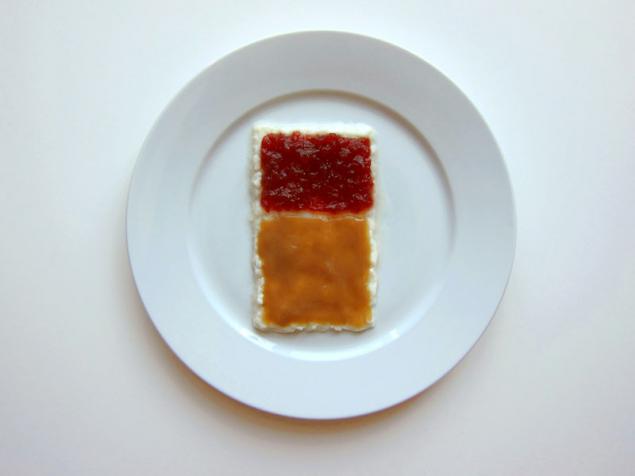
Mark Rothko in the history of art: the American painter, leading representative of abstract expressionism, one of the founders of the color field painting. Mark Rothko is one of the most famous and influential American artists of the second half of XX century and a key figure in post-war abstract expressionism. For a long time, Rothko is one of the most expensive artists. His painting "orange, red, yellow" in 2012 became the most expensive piece of post-war art ever sold at auction (86, $ 9 million).

Jackson Pollock at the plate.

Jackson Pollock in history: the American artist, ideologue and leader of abstract expressionism, which has had a significant impact on the art of the second half of the XX century. Pollock's work has always aroused critics conflicting opinions.
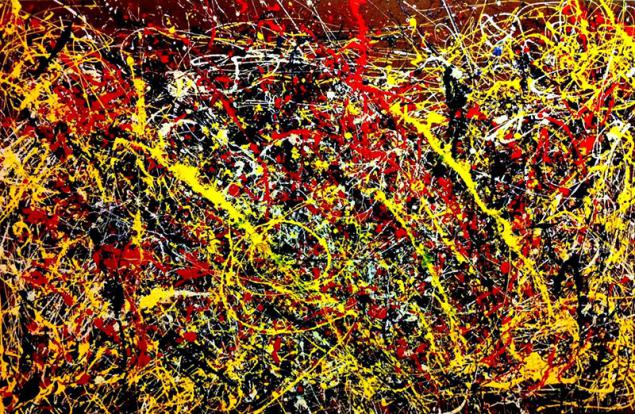
Piet Mondrian in the plate.

Piet Mondrian in art history: the Dutch artist who simultaneously with Kandinsky and Malevich marked the beginning of abstract painting. In one of his collections of French fashion designer Yves Saint Laurent introduced the famous dresses "Mondrian" are simple knit dress without a collar and sleeves of knitted fabric, which had the decor in the form of large colored cells - "quotations" of the paintings the artist-abstractionist.
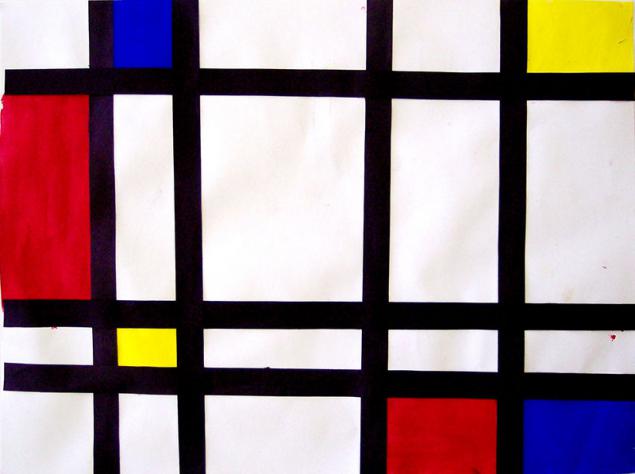
Georges-Pierre Seurat in a plate.
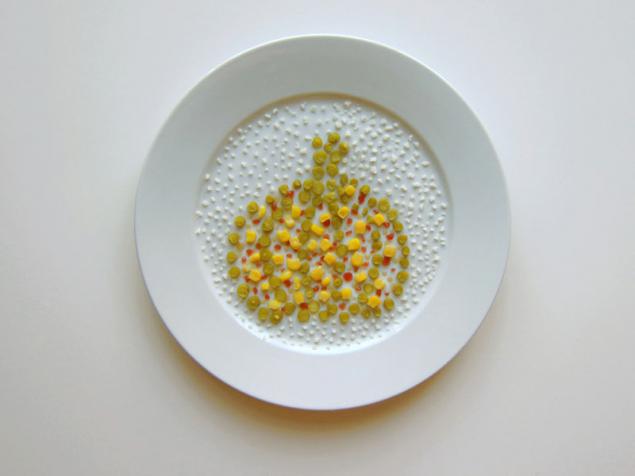
Georges-Pierre Seurat in art history: French postimpressionist artist, founder of neo-impressionism, creator of the original method of painting called "divisionism" or "pointillism" - the artistic technique and color gradation with individual color points. Admission is used in the calculation of the optical effect of the merger of small details when viewing the image at a distance.

Pablo Picasso on the plate.
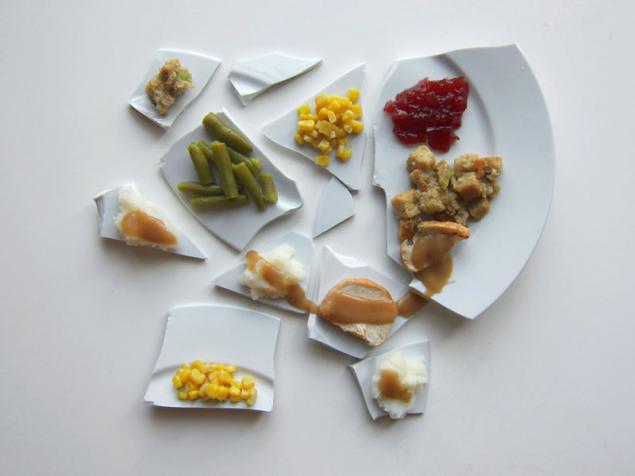
Pablo Picasso in history: the Spanish painter, sculptor, graphic artist, theatrical designer, ceramist and designer. Founder of Cubism (with Georges Braque and Juan Gris), in which three-dimensional body in an original manner pictured as a series combined together planes. Picasso worked as a graphic artist, sculptor, ceramist, and so on. D. To bring to life a lot of imitators and had an exceptional impact on the development of fine arts in the XX century.
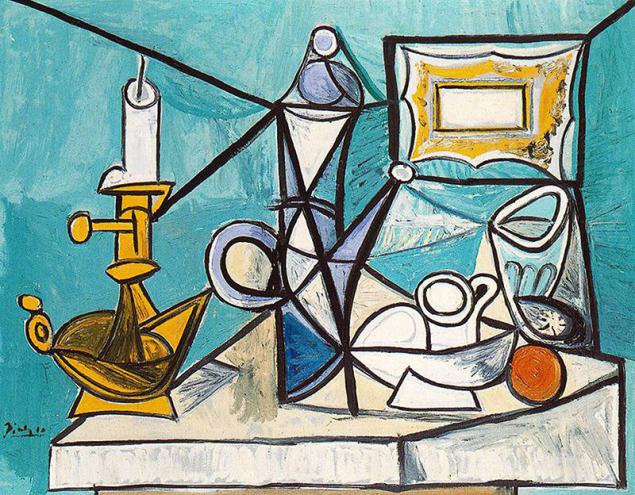
Van Gogh in a plate.
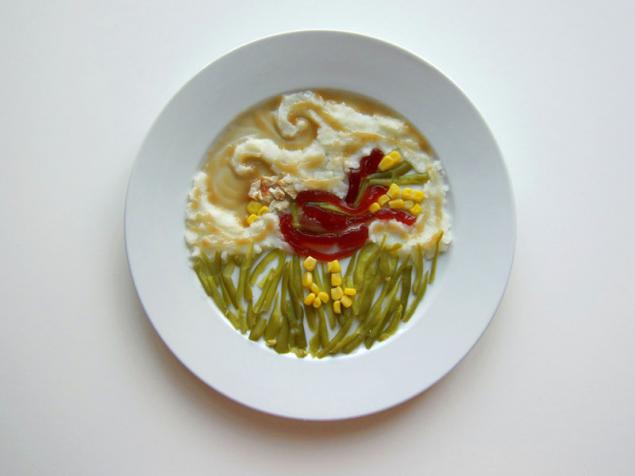
Van Gogh in the history of Dutch artist postimpressionist. On the subjects of Van Gogh's early works can be attributed to realism, although the manner of performance and technology can only be called realistic with certain important reservations. One of the many problems caused by the lack of arts education faced by the artist, was the inability to portray the human figure. Eventually, this led to a fundamental feature of his style - the interpretation of the human figure, devoid of smooth or measured and graceful movements, as an integral part of nature, something even likens her.

Cindy Sherman in a plate. Rather, on the body.

Cindy Sherman in history: the popular contemporary American artist working in the technique of production photos. According to the ArtFacts.net is the most famous and influential artist in the world (in the history of art).
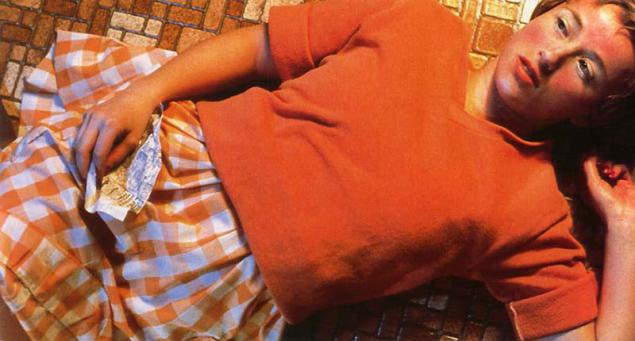
Julian Schnabel on a plate.

Julian Schnabel in art: American artist and filmmaker. Julian Schnabel put five films, two of which - according to their own scenarios. His film debut Basquiat (1996) tells of an American artist Jean-Michel Basquiat, a close friend of Andy Warhol.

Rene Magritte on the plate.
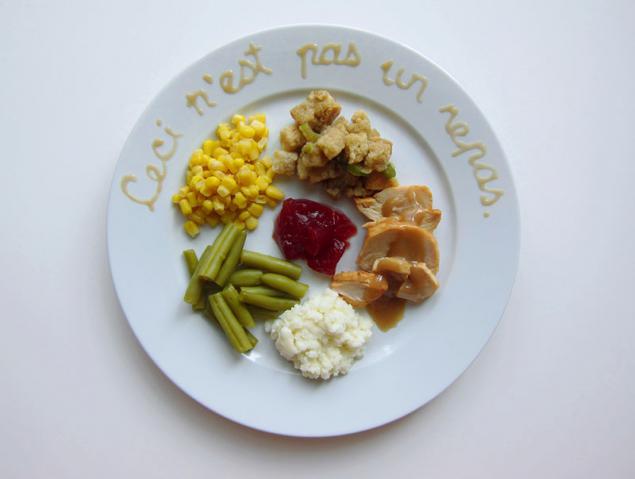
Rene Magritte in art: Belgian surrealist artist. Known as the author of witty and yet poetically enigmatic paintings. Picture Magritte characteristic aloof, as if unflappable style. Displaying them on ordinary objects that have Magritte, unlike other major Surrealists (Dali, Ernst), almost never lose their "objectivity": they will not melt, turn into their own shadows. However, the very strange combination of these items is striking and makes you wonder. And an unflappable style only aggravates this surprise and immerses the viewer into a kind of poetic stupor caused by the most secret things. The purpose of Magritte, by his own admission, to make the viewer think. Because of this artist's paintings often resemble puzzles.
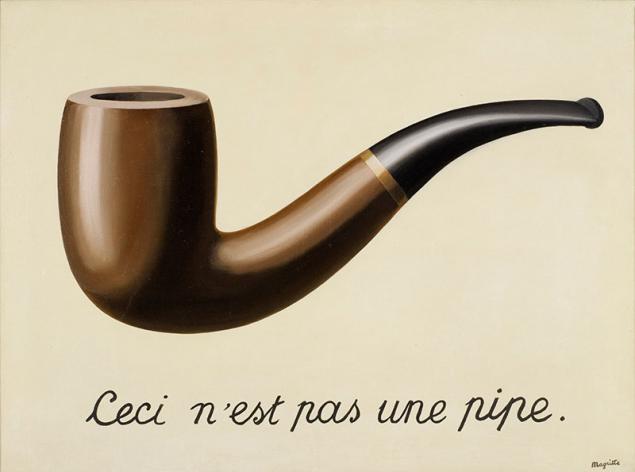

Andy Warhol in history: the American artist, producer, designer, writer, collector and publisher of magazines and film director, an iconic person in the history of pop art movement and contemporary art in general. Founder ideology «homo universale», created works that are synonymous with the concept of "commercial pop art».

Mark Rothko in a plate.

Mark Rothko in the history of art: the American painter, leading representative of abstract expressionism, one of the founders of the color field painting. Mark Rothko is one of the most famous and influential American artists of the second half of XX century and a key figure in post-war abstract expressionism. For a long time, Rothko is one of the most expensive artists. His painting "orange, red, yellow" in 2012 became the most expensive piece of post-war art ever sold at auction (86, $ 9 million).

Jackson Pollock at the plate.

Jackson Pollock in history: the American artist, ideologue and leader of abstract expressionism, which has had a significant impact on the art of the second half of the XX century. Pollock's work has always aroused critics conflicting opinions.

Piet Mondrian in the plate.

Piet Mondrian in art history: the Dutch artist who simultaneously with Kandinsky and Malevich marked the beginning of abstract painting. In one of his collections of French fashion designer Yves Saint Laurent introduced the famous dresses "Mondrian" are simple knit dress without a collar and sleeves of knitted fabric, which had the decor in the form of large colored cells - "quotations" of the paintings the artist-abstractionist.

Georges-Pierre Seurat in a plate.

Georges-Pierre Seurat in art history: French postimpressionist artist, founder of neo-impressionism, creator of the original method of painting called "divisionism" or "pointillism" - the artistic technique and color gradation with individual color points. Admission is used in the calculation of the optical effect of the merger of small details when viewing the image at a distance.

Pablo Picasso on the plate.

Pablo Picasso in history: the Spanish painter, sculptor, graphic artist, theatrical designer, ceramist and designer. Founder of Cubism (with Georges Braque and Juan Gris), in which three-dimensional body in an original manner pictured as a series combined together planes. Picasso worked as a graphic artist, sculptor, ceramist, and so on. D. To bring to life a lot of imitators and had an exceptional impact on the development of fine arts in the XX century.

Van Gogh in a plate.

Van Gogh in the history of Dutch artist postimpressionist. On the subjects of Van Gogh's early works can be attributed to realism, although the manner of performance and technology can only be called realistic with certain important reservations. One of the many problems caused by the lack of arts education faced by the artist, was the inability to portray the human figure. Eventually, this led to a fundamental feature of his style - the interpretation of the human figure, devoid of smooth or measured and graceful movements, as an integral part of nature, something even likens her.

Cindy Sherman in a plate. Rather, on the body.

Cindy Sherman in history: the popular contemporary American artist working in the technique of production photos. According to the ArtFacts.net is the most famous and influential artist in the world (in the history of art).

Julian Schnabel on a plate.

Julian Schnabel in art: American artist and filmmaker. Julian Schnabel put five films, two of which - according to their own scenarios. His film debut Basquiat (1996) tells of an American artist Jean-Michel Basquiat, a close friend of Andy Warhol.

Rene Magritte on the plate.

Rene Magritte in art: Belgian surrealist artist. Known as the author of witty and yet poetically enigmatic paintings. Picture Magritte characteristic aloof, as if unflappable style. Displaying them on ordinary objects that have Magritte, unlike other major Surrealists (Dali, Ernst), almost never lose their "objectivity": they will not melt, turn into their own shadows. However, the very strange combination of these items is striking and makes you wonder. And an unflappable style only aggravates this surprise and immerses the viewer into a kind of poetic stupor caused by the most secret things. The purpose of Magritte, by his own admission, to make the viewer think. Because of this artist's paintings often resemble puzzles.

Tags
See also
20 very interesting research series about everything
Artist-dollar
Pictures of salt and spices.
How to hide from total surveillance: 8 strategies from artists and designers
In Amsterdam found a new van Gogh painting
To visit the paintings by van Gogh
The art of one dollar
10 most famous animal artists
Black humor in pictures street artist Dran
International Exhibition of Contemporary Art «Frieze Art Fair 2010" in London

















